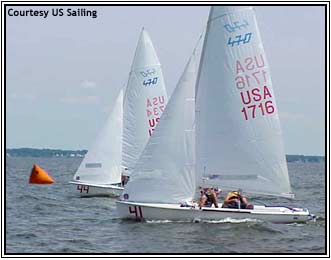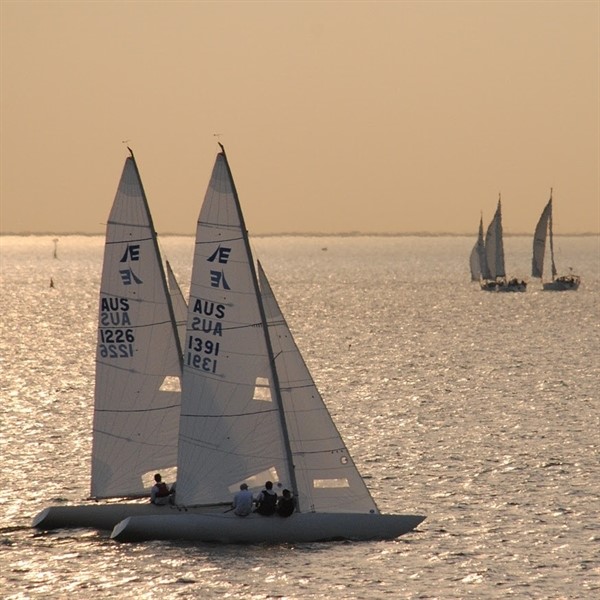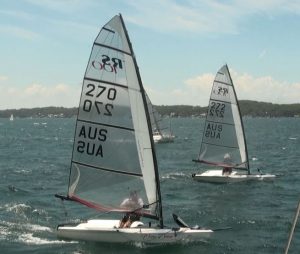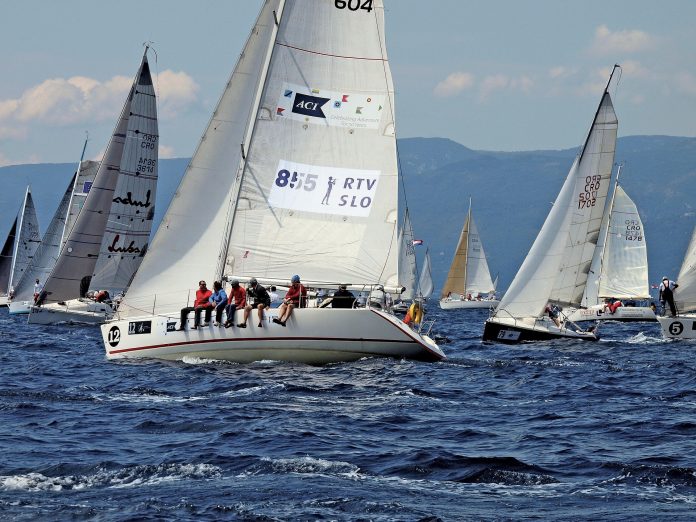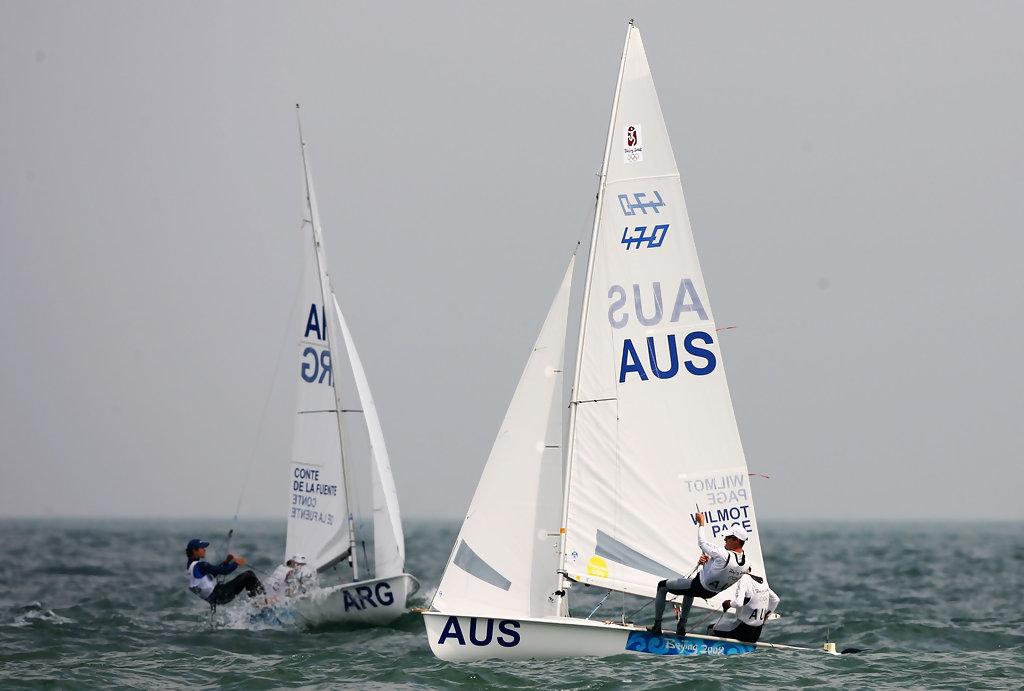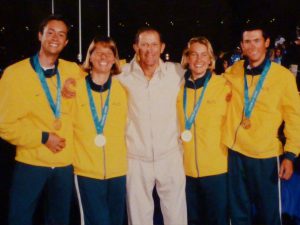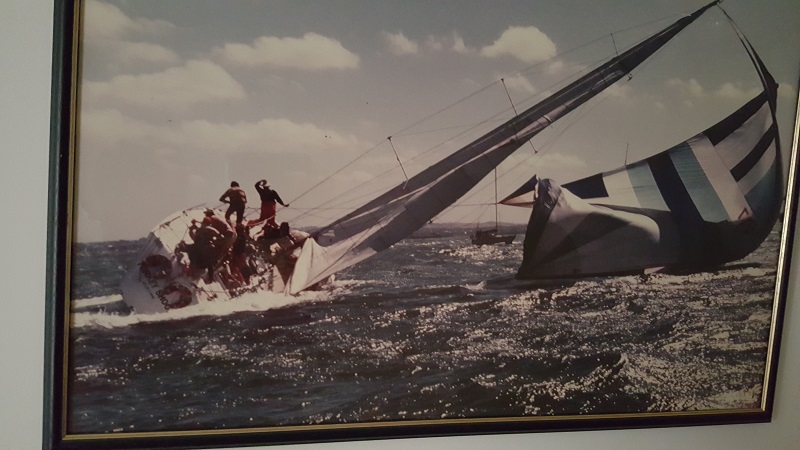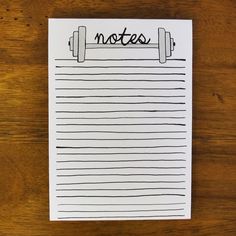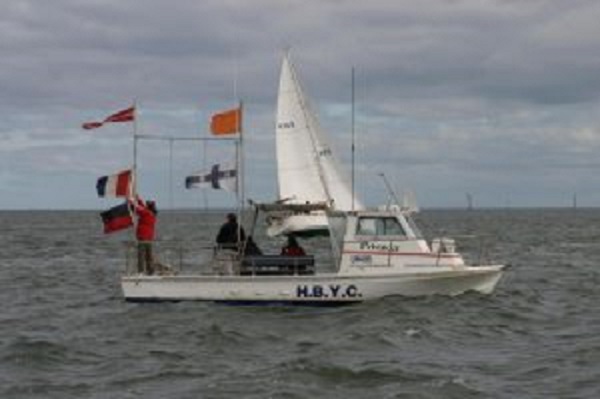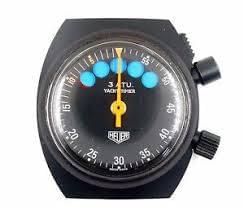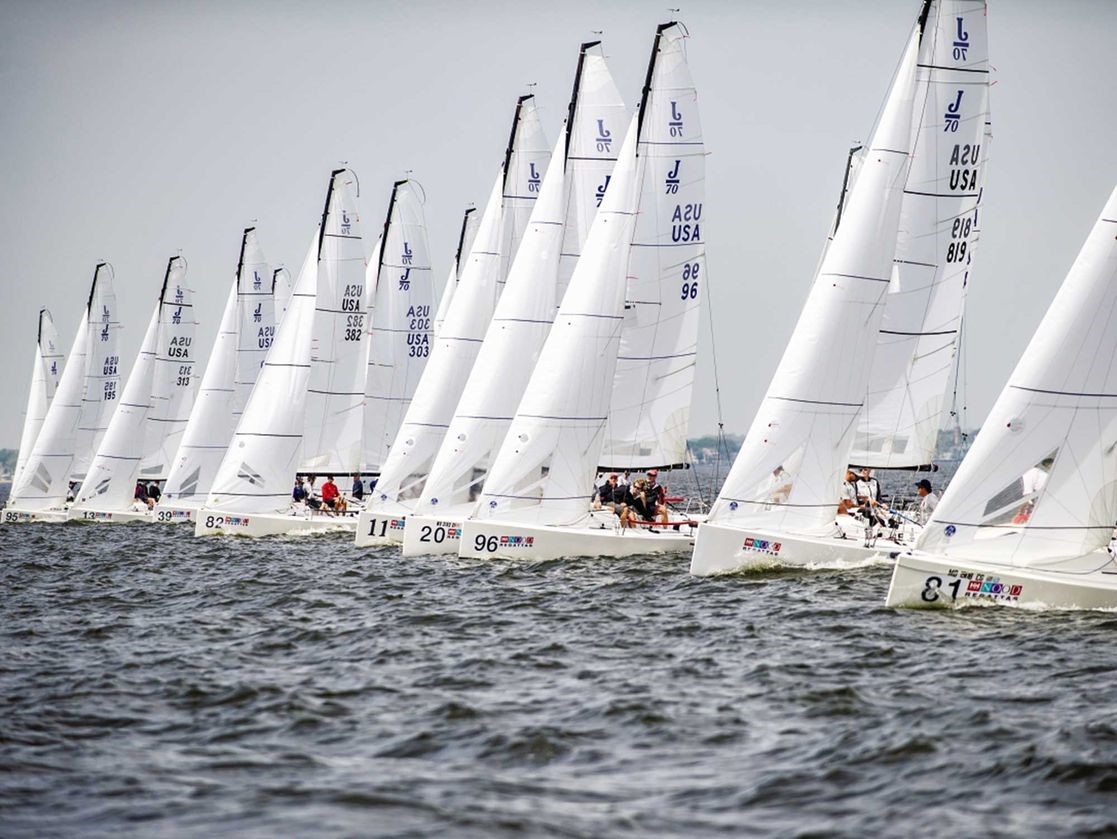
IMPROVE YOUR RACING SKILLS – Boatspeed requires a combination of sail trim, accurate helming, and good balance and trim. Sounds easy, doesn’t it?
Settings for a particular wind speed in flat water won’t work in big waves, nor in light airs.
Just like riding a bike you need to be able to change gear to suit the conditions.
Acceleration gear is used when sailing upwind in waves. Each wave will tend to slow the boat. After coming out of a tack it takes precious seconds to build up to target close-hauled speed and wind angle.
Improve your racing skills – Acceleration gear is also often needed in extreme conditions. Either lots of wind or very little — when it’s difficult to get the boat moving.
This gear is achieved by sailing with bow down trim, with sheets eased to suit and with slightly fuller sails. With Cunningham and outhaul eased if the acceleration gear is to be used for any period of time.
Another aim should be to work on basic manoeuvres in light to moderate wind strengths — up to the strength at which moderate hiking is required.
Roll tacking and gybing are crucial skills for dinghy sailors, especially in light and moderate conditions. The boat should emerge from the tack faster than when entering it.
Mark rounding is also important. Make sure you follow the ‘wide in, narrow out’ principle. It’s amazing how many otherwise relatively good sailors fail to do this.
Spinnaker hoists, drops and gybes are really crucial to clean mark roundings, yet few crews practice them outside of races.
Having done this, then aim to master the same skills for super light weather and for strong winds.

